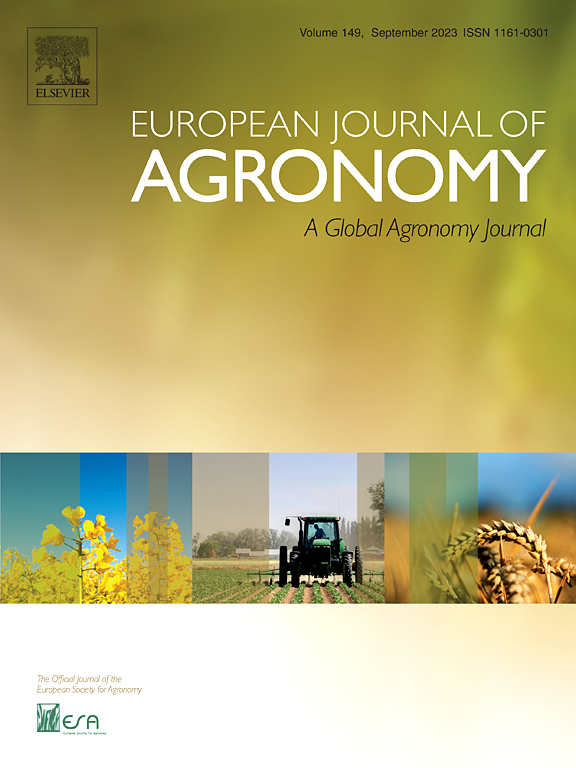
The technology of canopy plastic mulching has been widely used in citrus orchards for protecting fruit trees from cold damage. Understanding the spatio-temporal dynamics of plastic-mulched citrus (PMC) is of great importance for precision management of citrus orchards. However, monitoring the long-term and large-area PMC dynamics is challenging because the PMC is typically distributed in cloudy and rainy areas with rapid spatial variability, leading to the limited availability of high-quality remotely sensed data. Moreover, it is difficult to collect sufficient field samples in rugged mountainous regions for extracting PMC. To address these limitations, we proposed a new plastic-mulched citrus index (PMCI) based on spectral separability analysis of PMC and other land cover types. The images from Landsat-5/7/8, Sentinel-2, and Gaofen-1 satellites were employed to extract the intra-annual PMC distribution from 2019 to 2020 and interannual PMC distribution from 2008 to 2020 in Yangshuo county, Guangxi Zhuang Autonomous Region, China. Results showed that the PMCI outperformed other widely used indices in PMC extraction with overall accuracy (OA) increased by 0.09–0.3. Besides, the PMCI exhibited good performances in extracting PMC over different observation dates with OA ranging 0.92–0.98 and 0.91–0.98 in the intra-annual and annual PMC maps, respectively. According to the derived PMC time series maps, PMC displayed significant intra-annual spatial variations in the start date and length of plastic mulching period, whereas the interannual variation of PMC revealed long-term technology adoption patterns in the study area. Furthermore, we found that temperature mainly affected intra-annual PMC variability, and that agricultural policy, market factor, neighborhood effect and variety replacement can explain the interannual PMC variability. These results indicate that the developed PMCI can effectively identify PMC over different agricultural regions and observation dates, and the resultant spatio-temporal dynamic PMC maps based on multi-source satellite data provide an important basis for the promotion of PMC at larger scales and the sustainable development of the citrus industry.
https://www.sciencedirect.com/science/article/pii/S1161030123002496?via%3Dihub





